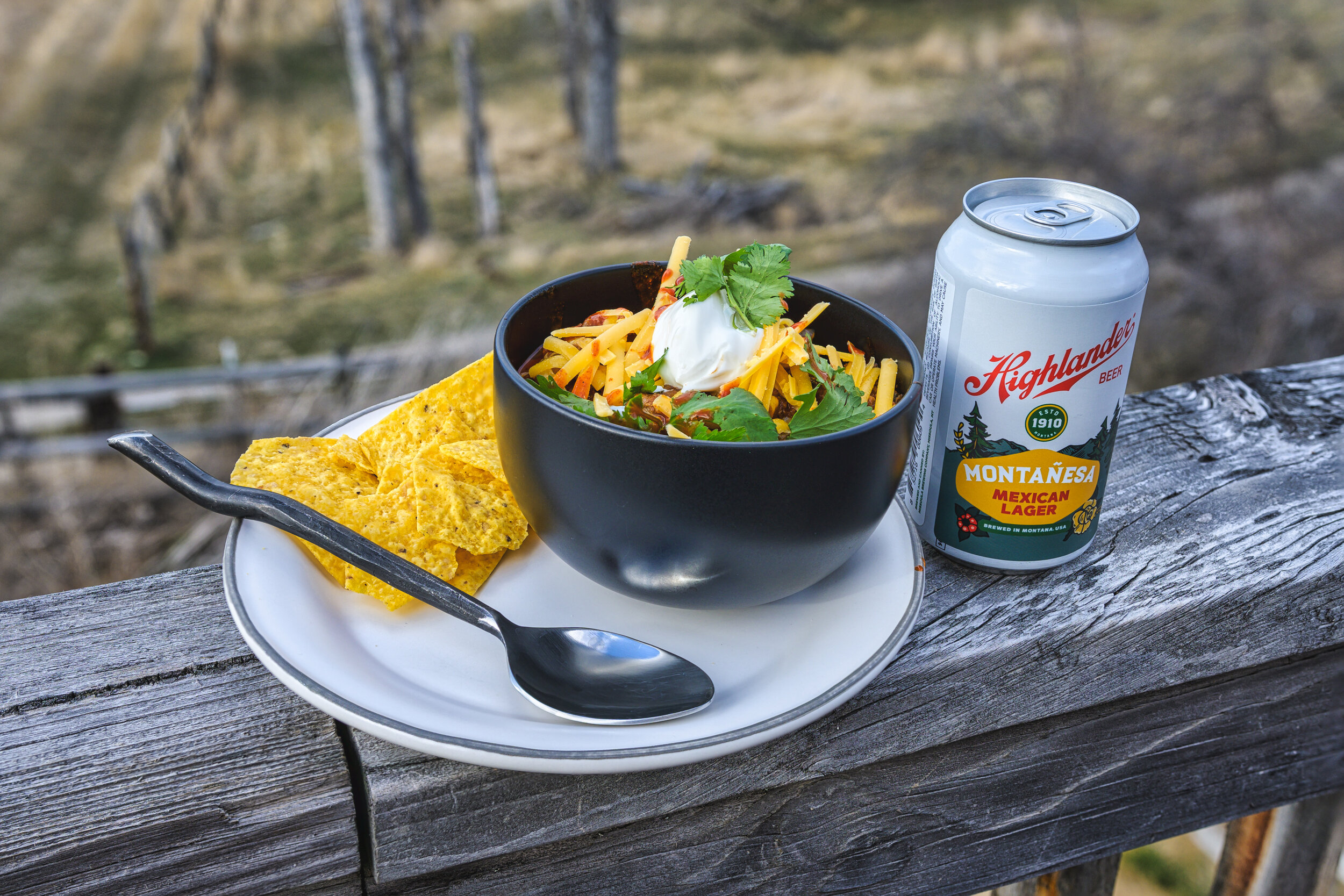“Evolution of a recipe or a recipe for evolution?”
Evolution works through natural selection, a cornerstone of modern biology and the primary drive of adaptive evolution, where changes in an organism enable it to thrive better in a new environment and increase its chance of survival and reproduction.
If you didn’t skip too many classes back in school, I am sure you could remember that random genetic mutations yield those specific changes that yield those specific adaptive advantages that yield those differing observable characteristics (phenotypes) which are so good for the organism’s wellbeing and survival that they become more and more common within a species. Over time, this can result in populations that are suited better for a particular ecological niche and may even result in speciation, the emergence of a whole new species. Cool, huh?
Extending the above Darwinian natural selection to the realm of inanimate objects one may say the following. Ready?
The random changes made in the chili recipe yield specific changes in flavor and characteristics that are perceived as more delicious and better suited for a particular ecology and environment. Over time, this process can result in a recipe becoming more and more popular within a specific location and may eventually result in the emergence of…. …a new recipe vastly different from the original version. Therefore, as much as purists would like to fret about that “detestable food passing itself off as Mexican, sold in the U.S. from Texas to New York.” and “Chili, as we know it in the U.S., cannot be found in Mexico today except in a few spots which cater to tourists….”
The truth is we can’t stop change. We can’t stop the forces of nature. Chilli is going to have different versions in different regions and different countries. Better adapt than get left behind a grumbling ol’ man. Most people are just interested in addressing their grumbling stomachs as they patiently read a crash course in Science 101 they thought was going to be just a nice short read on a chili recipe. Okay, let’s cut to the chase. You suffered enough.
If you developed a chili addiction early in life, never recovered, and experience a frenzied hankering for it from time to time, our Double Beef chili recipe with Poblano, Serrano, Habanero, and Jalapeno peppers will do you wonders. Beer is also an essential ingredient in making this chili because it imparts awesome flavors to your food, especially sweet malty notes, as well as more body. Be sure to simmer at a low temperature for a while for the flavors to come together.
Side effects include satisfaction, comfort, and a general feeling of well-being.
